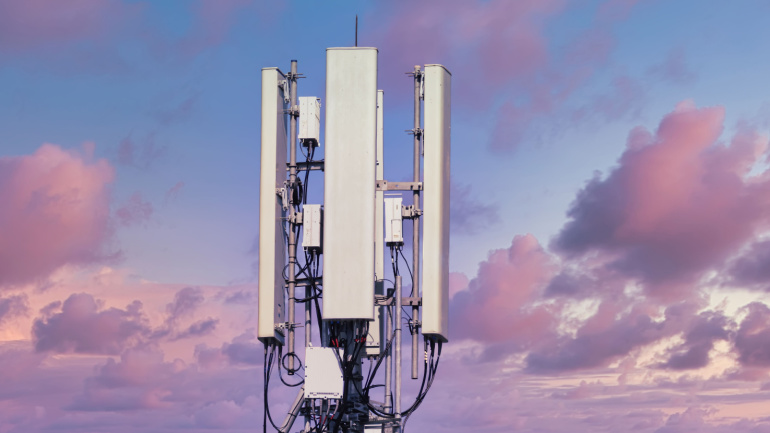By the end of this decade, the global number of 5G connections is expected to surge to 5.5 billion, positioning 5G as the leading mobile technology by 2028. This forecast comes from the latest research released by the GSMA. Despite a significant phase of investment in the 5G network already behind us, the mobile industry is set for continuous financial commitment towards enhancing this technology in the coming years.
In a significant stride towards making its 5G network more robust for future technologies, Finland’s Elisa has successfully tested a new uplink carrier aggregation technology. This test, a collaboration with telecom giants Ericsson and Qualcomm, marks a leap in preparing for the demands of the metaverse and other advanced applications.
NOC Portugal recently entered into a significant agreement with Nokia, encompassing a 5G Standalone Core implementation and a joint effort to develop APIs. This collaboration marks a step forward in NOC’s commitment to innovating in the 5G realm, offering customers new, cutting-edge services.
Vodafone, Xiaomi, and Qualcomm Technologies Inc have achieved a pivotal breakthrough in 5G advancements. Successfully trialing an innovative 5G uplink technology, these giants have demonstrated unprecedented upload speeds, reshaping the digital landscape.
In a recent study by Juniper Research, the forecast for 5G service revenues in 2024 shows a substantial increase of 32%, reaching an impressive $400 billion. As consumer 5G adoption approaches saturation, the study emphasizes the crucial role of 5G Advanced and 5G RedCap (Reduced Capacity) in sustaining this growth, particularly by targeting enterprise IoT users.
In a groundbreaking move, T-Mobile, known as the Un-carrier, has achieved a significant milestone by completing the world’s first six-carrier aggregation call using sub-6 GHz spectrum on its operational 5G network. Collaborating with industry leaders Ericsson and Qualcomm Technologies, Inc., T-Mobile reported astonishing speeds exceeding 3.6 Gbps during the test, showcasing its commitment to pushing the boundaries of wireless technology.
A surge in data roaming is poised to take center stage, driven by the escalating adoption of 5G services among consumers, according to research conducted by Kaleido. The study foresees a substantial 36% annual increase in both consumer and IoT roaming data usage, projecting a remarkable climb to nearly 5,000 Petabytes by the year 2024.
In a groundbreaking trial, SK Telecom (SKT) and Thales have successfully tested the encryption and decryption of identity data on a 5G network, aiming to safeguard user privacy from potential quantum threats. The experimentation utilized Thales’ cutting-edge 5G Post Quantum Cryptography (PQC) SIM cards within a trial 5G standalone network environment provided by SKT.
5G technology is quickly escalating into an exciting, innovative space, largely due to a process called network slicing. This technique enables a vast number of dynamic network slices, each with unique attributes defined by its user. Despite being in the primary stages, an array of business opportunities are on the horizon like gaming, vehicle-to-everything (V2X), IoT, and mobile edge computing, as the technology advances. Critical remote services, such as remote robotic surgeries requiring ultra-reliability over latency, become possible with robust and reliable 5G slices.
Japanese telecommunications giant NTT Docomo is set to revolutionize its commercial network with the adoption of Nokia’s Open RAN compliant 5G AirScale baseband kit. The comprehensive deployment includes both Centralized Unit (CU) and Distributed Unit (DU) software, emphasizing Nokia’s industry leadership in the mobile communication sector.













